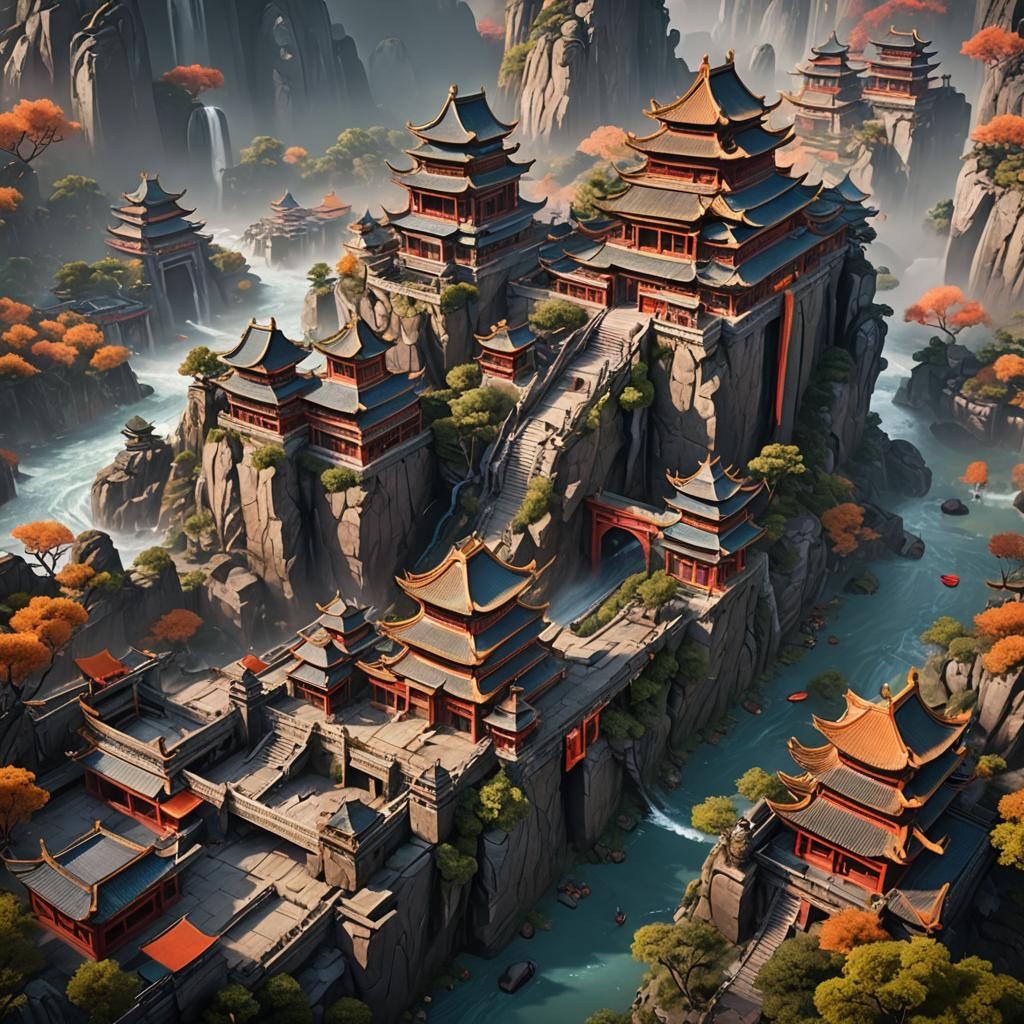China's extraordinary rise from poverty to global economic dominance within four decades is a story of unprecedented transformation. In 1978, China's contribution to global GDP was just 2%, but today it is more than 18%. Let's look at the factors behind this remarkable journey and trace the magic that brought China to its current position.
●Historical and cultural background
China, which comes from the word "Qin", has a rich history dating back 2000 years. Its cultural exchange with India and the significance of the name "Zhongguo" or Middle Kingdom reflect its deep-rooted heritage. Geographically, China's population concentration on the east coast is influenced by fertile land and natural barriers such as the Himalayas.
●Challenges and struggles
China's historical conflicts with colonialism and internal conflicts such as the opium trade and the Cultural Revolution left deep wounds. From the century of humiliation to civil war and Mao Zedong's controversial policies, including the Great Leap Forward and Cultural Revolution, China faced enormous challenges on the road to development.
●Deng Xiaoping's economic reforms
After the Mao era, Deng Xiaoping introduced transformative economic reforms. Deng's policies focused on decentralization, liberalization, and empowering individuals in agriculture and industry. These measures led to unprecedented growth, lifting millions of people out of poverty and propelling China onto the global stage.
●Reflections on progress and challenges
China's economic growth under Deng's leadership was unprecedented, but political challenges and human rights issues persist. While China's GDP grew, its human development index lagged behind due to autocratic rule and low freedom. As we celebrate China's economic achievements, it is important to prioritize inclusive growth that uplifts all citizens, while learning from both China's successes and shortcomings.
Thankyou very much 🙏




0 Comments